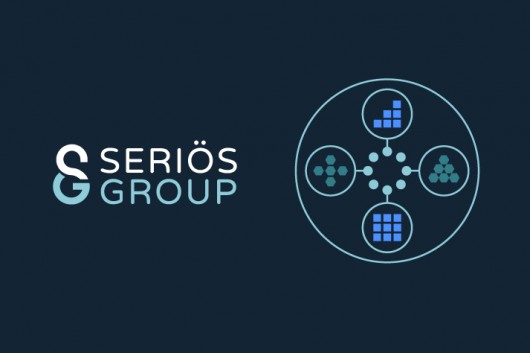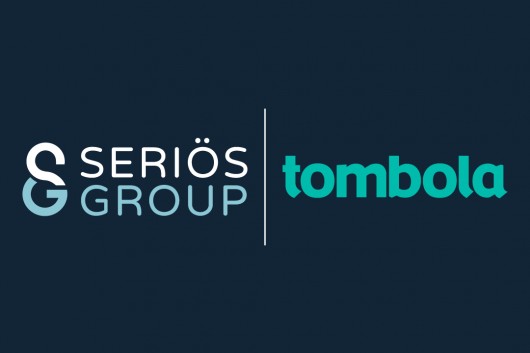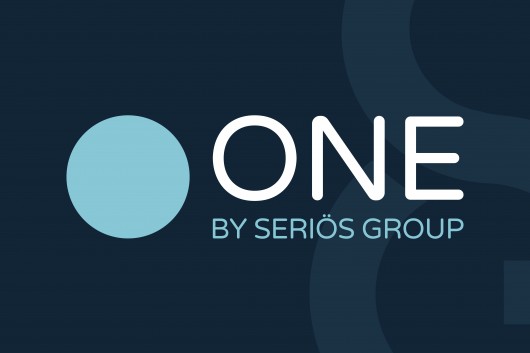Insights
What Microsoft Fabric Really Means for Data Teams
- Category
- Blog
- Date published
- 22.05.2025
- Written by
- Alex Bookless, Chief Technology Officer, Seriös Group
Microsoft Fabric is coming up more and more in conversations with organisations looking to get more value and insights from their data. But what is Microsoft Fabric, and what is it used for?
Microsoft Fabric is an enterprise-ready, end-to-end analytics platform designed to unify every stage of data management, from movement and processing to transformation and reporting. Underpinning these capabilities is a suite of integrated services, including Data Engineering, Data Factory, Data Science, Real-Time Intelligence, Data Warehousing, and Databases. With centralised data storage through OneLake and AI embedded throughout, organisations can turn raw data into actionable insights more quickly and efficiently.
In this article, we’ll cover some of the key things to know if you’re considering Microsoft Fabric as part of your data strategy.
Born in 2023, Evolved from over 30 years of products
Launched in 2023, Fabric might appear to be a newcomer in the data platform space, and you’d be forgiven for leaning towards more established names. But under the surface, it’s the product of more than 30 years of Microsoft’s investment in analytics and reporting.
Fabric brings together analytics components from Azure and the dashboard capabilities of Power BI into a single, unified platform. For those already using Microsoft 365 or the Azure ecosystem, this makes it a logical next step.
Seamless Integration for Microsoft-First Organisations
One of Fabric’s biggest strengths lies in how tightly it integrates across Microsoft’s cloud offerings. If you already rely on Azure, Dynamics, or other M365 tools, adopting Fabric makes it easier to consolidate data into “OneLake”; Microsoft’s centralised data lake built for the platform.
This integration helps teams work more efficiently across systems and makes it simpler to create and share insights from a single source of truth.
Simplifying Licensing and Managing Costs
Licensing and cost management are common pain points with cloud-based data platforms. Predicting spend can be difficult, especially as your usage scales. Fabric attempts to simplify this by basing pricing around capacity and user licences, rather than separate charges for individual components.
This approach can reduce friction when enabling new features and gives organisations more flexibility. That said, it’s not without its challenges. Ongoing cost monitoring and optimisation remain key responsibilities for data teams.
Built-In Governance and Compliance
A key benefit of the single ecosystem is the ability to use Microsoft Purview for data governance and compliance needs which will integrate with Fabric. You can apply purview policies to data in Fabric and get visibility of the Data Lineage and Classification of data in Fabric in Purview.
This can significantly decrease complexity and reduce the need for additional tools however beware of the need for a suitable M365 license per user to get the maximum benefits.
AI Capability
Fabric has benefited from Microsoft’s significant investment in AI, giving businesses access to a wide range of built-in capabilities. Features like Copilot make it easier for users to explore and interact with their data, while the platform also supports the development and deployment of machine learning models for advanced analytics and forecasting.
Still Evolving
Like any new platform, Fabric isn’t perfect. There are still areas where it lacks maturity, and you might find yourself running into quirks that might slow down or hamper deployments. That said, Microsoft is actively developing the platform, with regular updates and feature releases coming through.
When, Not If?
It’s clear that for organisations already making strong use of Microsoft 365 and Azure, particularly for analytics, adopting Fabric is more likely a question of when, not if. That said, other Microsoft options remain valid especially if you have well defined scope and existing investments with competing products in some of the features that Fabric can provide.
Ultimately, the decision to choose Fabric vs. other products, depends on your organisation’s specific needs, priorities and architecture. If you do decide to move forward, our data platform accelerator Seriös ONE Launchpad can help you get there faster, building a governed a scalable data platform in weeks rather than months.





